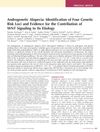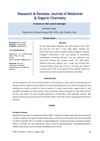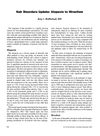Whole-Genome SNP Genotyping Mapped a Novel Locus for Hereditary Hypotrichosis on Chromosome 2q31.1–q32.2
May 2015
in “
Journal of Dermatological Science
”

TLDR Researchers found a new area on chromosome 2 linked to a genetic hair loss condition.
The study identified a new genetic locus on chromosome 2q31.1-q32.2 associated with autosomal recessive hereditary hypotrichosis, a condition leading to reduced or absent hair, by examining a large Pakistani family with varying degrees of hair loss. Using the Affymetrix GeneChip Genome-Wide Human SNP 250K array for whole-genome SNP genotyping, researchers excluded linkage to known genes and loci for similar conditions and pinpointed a 10.85 Mb homozygous region linked to the disorder, with several SNP markers within this region yielding a multipoint LOD score over 3.0. Despite sequencing three candidate genes (ITGA6, PRKRA, ATF2) within this interval, no pathogenic variants were found, indicating the need for further exome sequencing to identify the causative gene. The specific gene responsible for hereditary hypotrichosis at this locus remains undiscovered, and the number of participants in the study was not mentioned.



